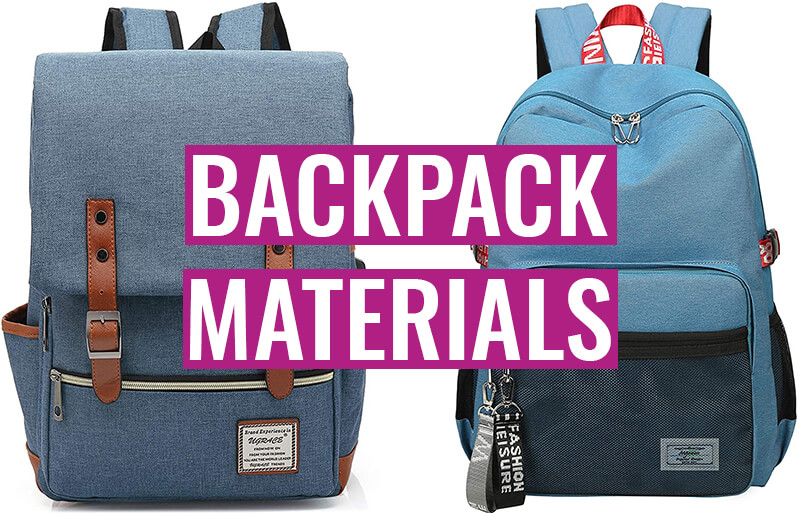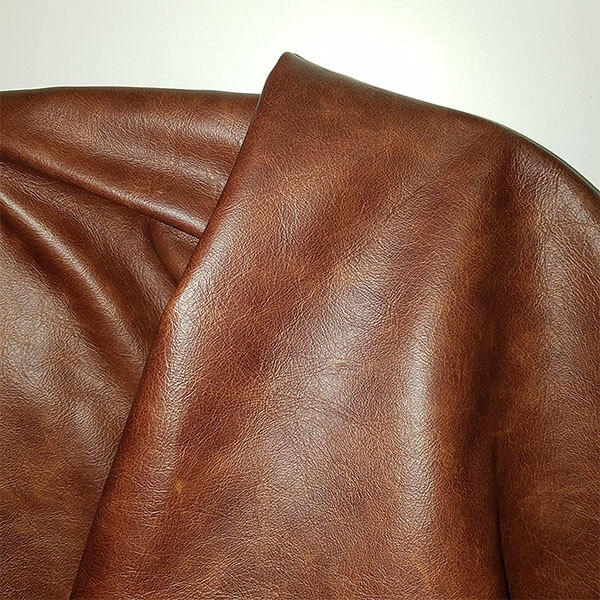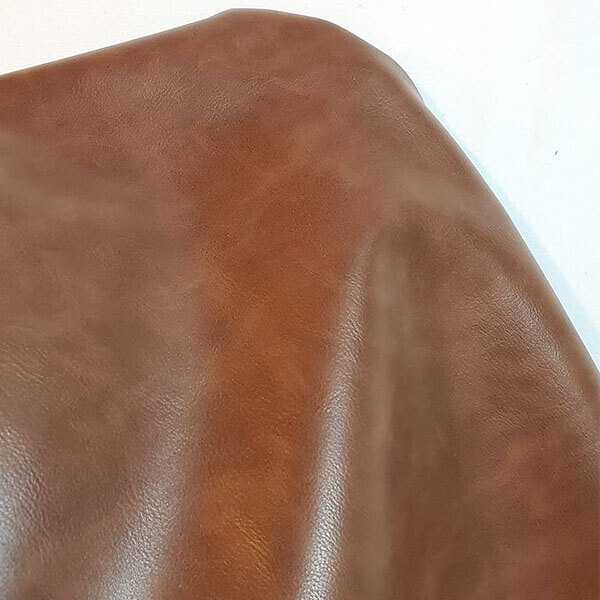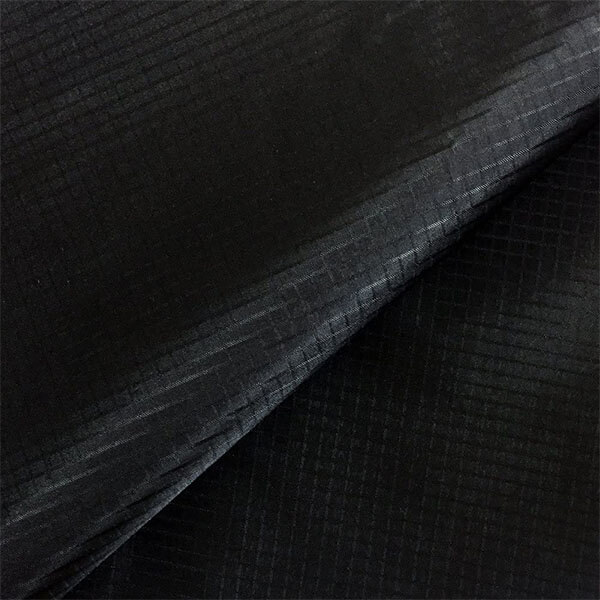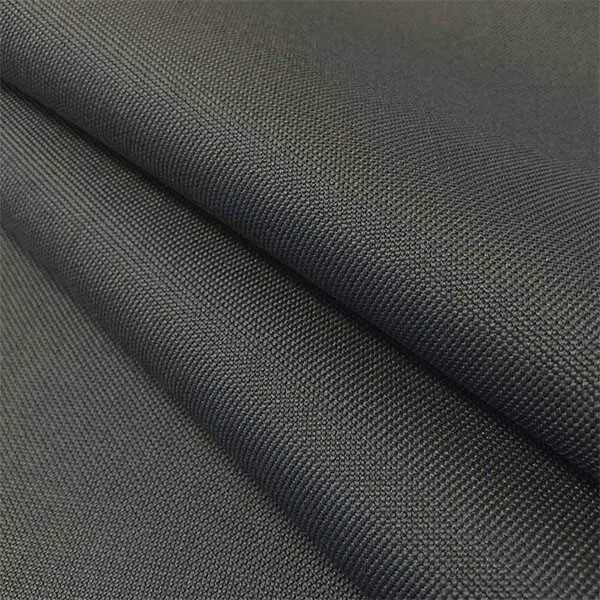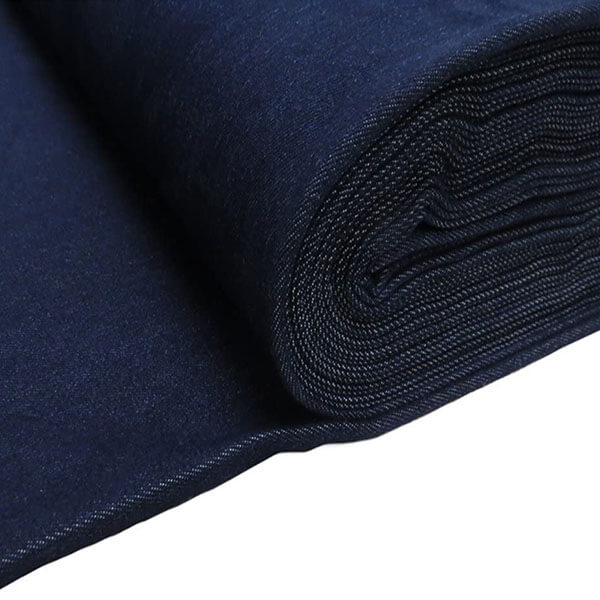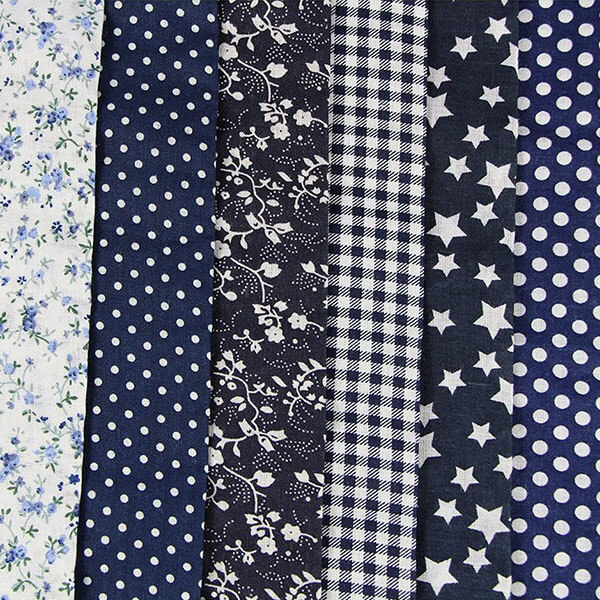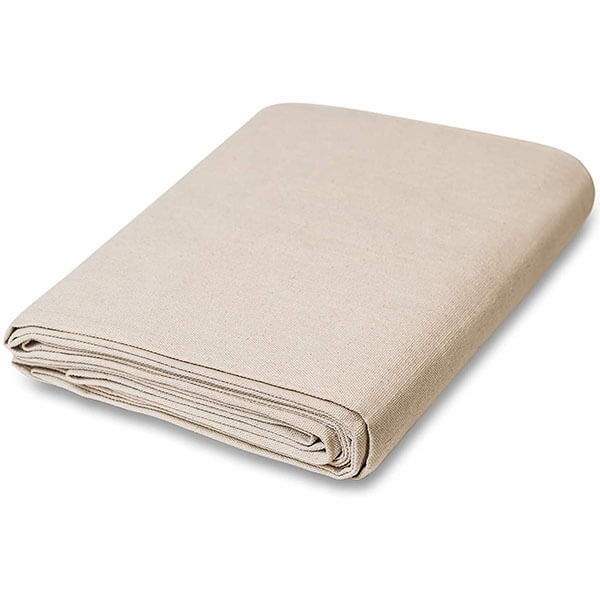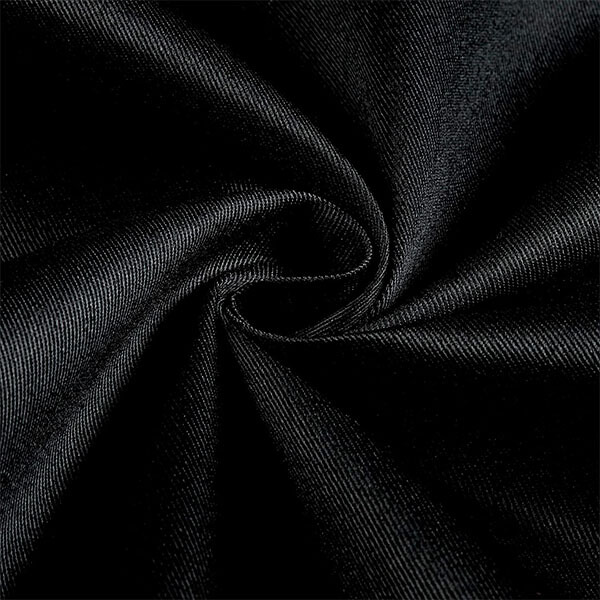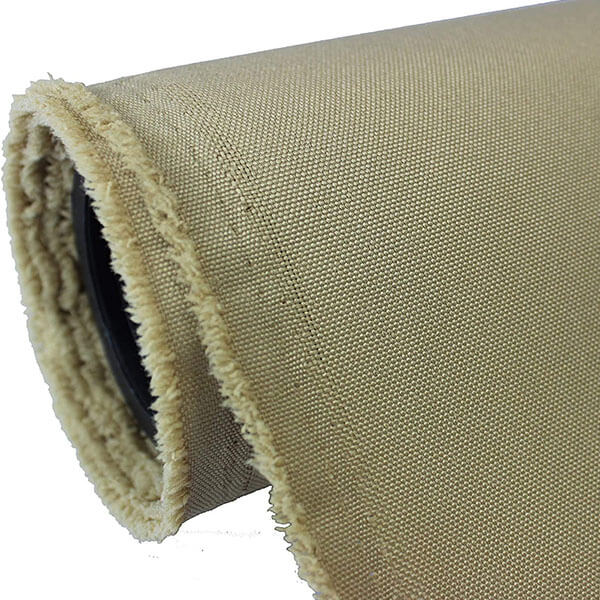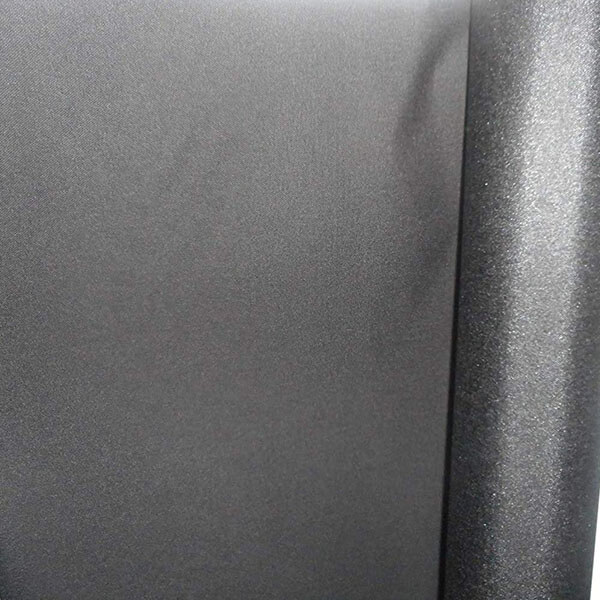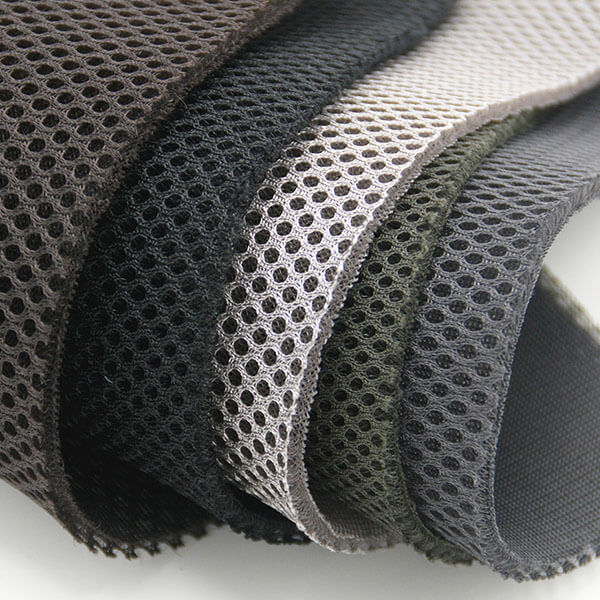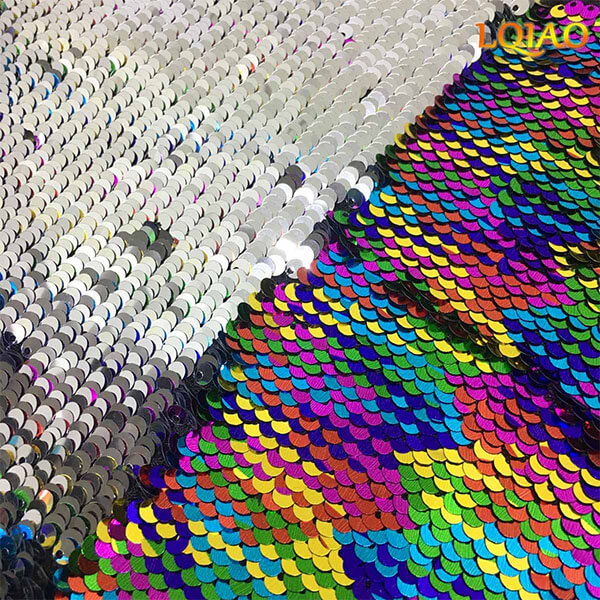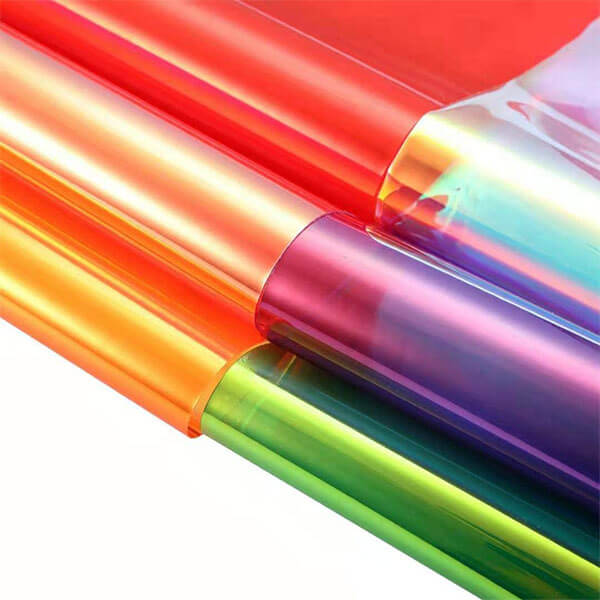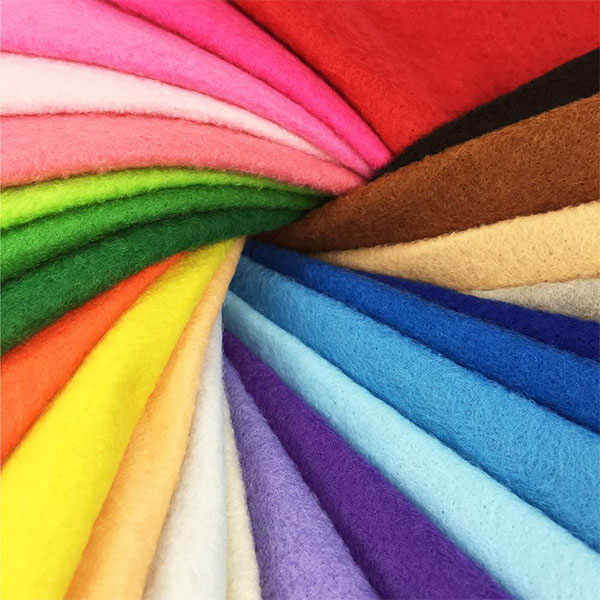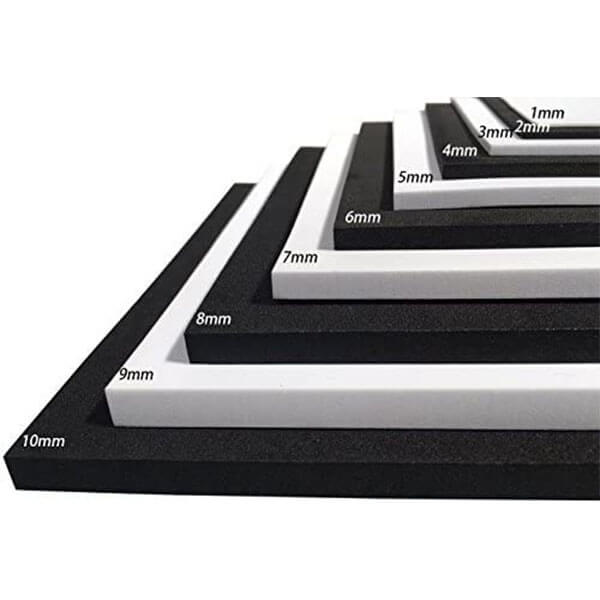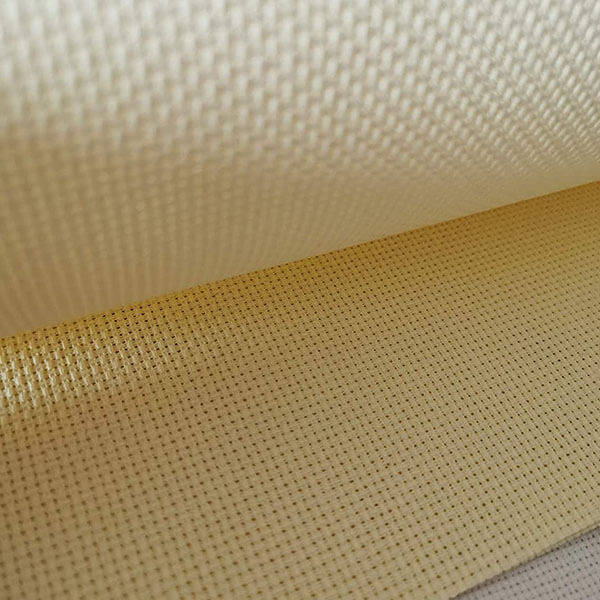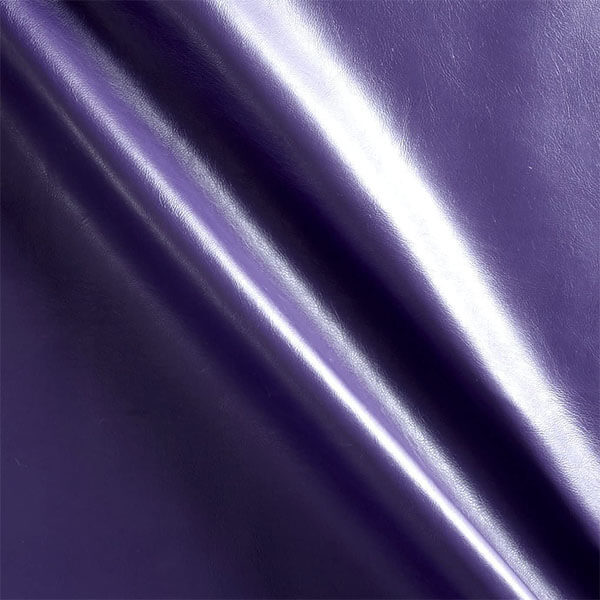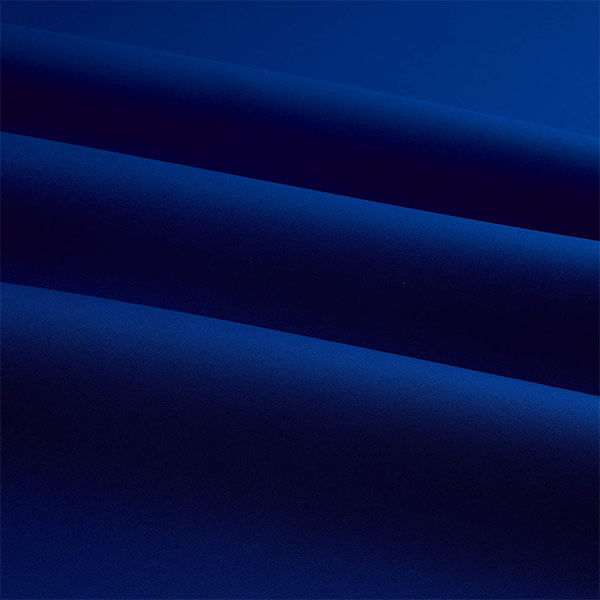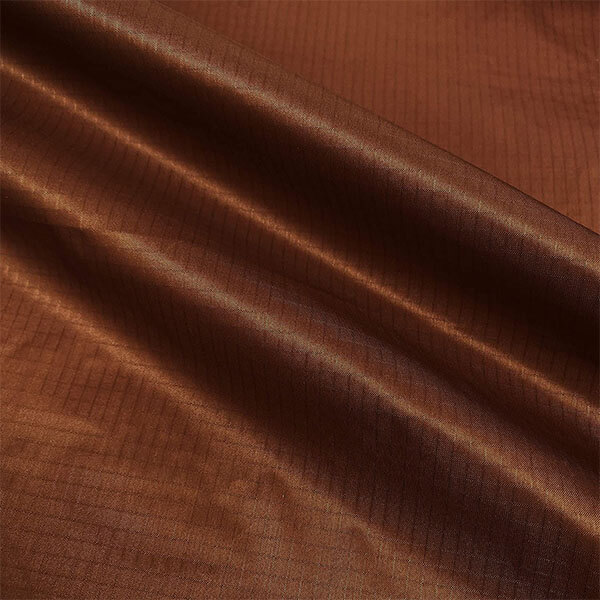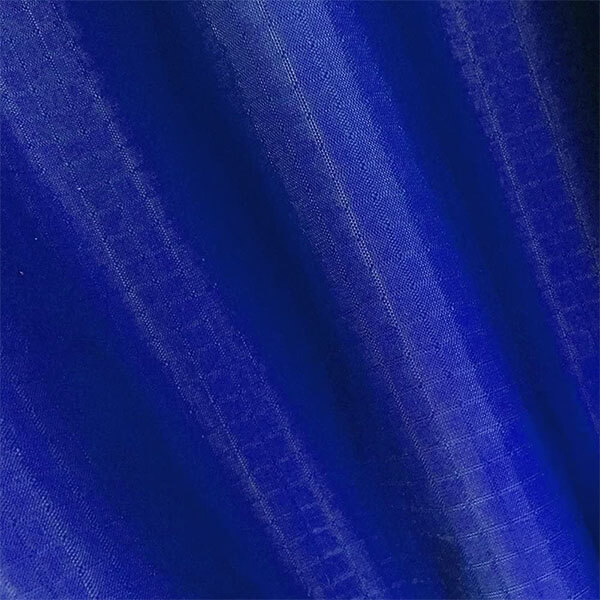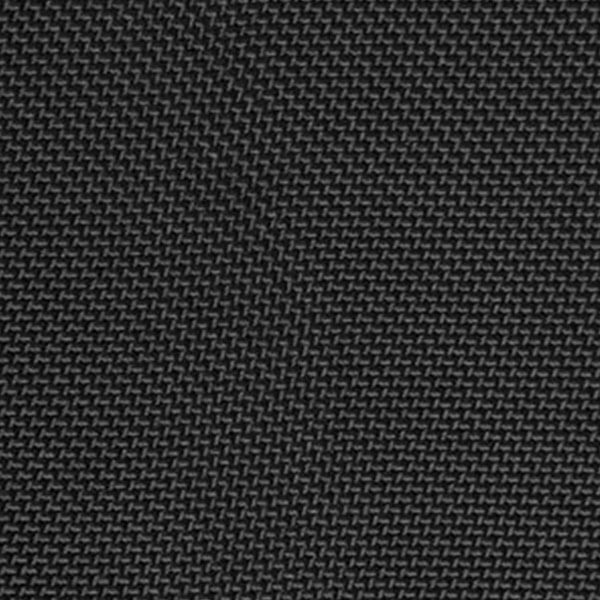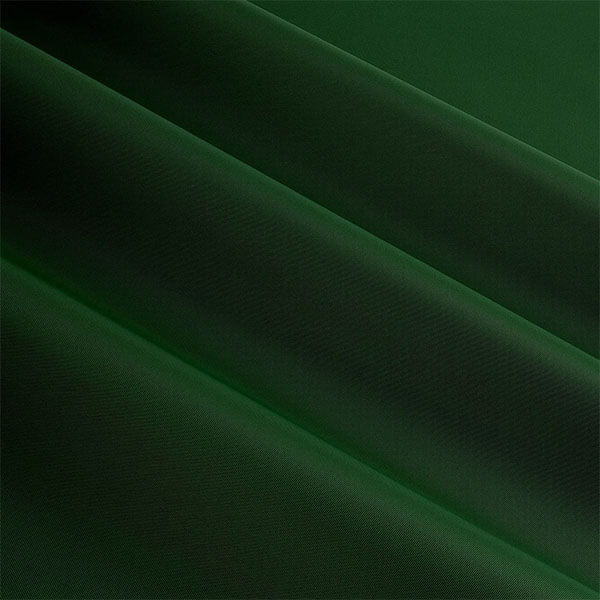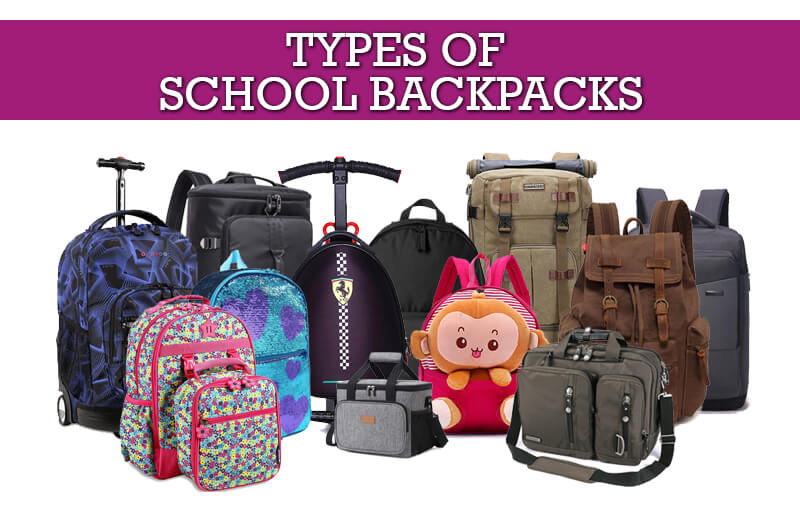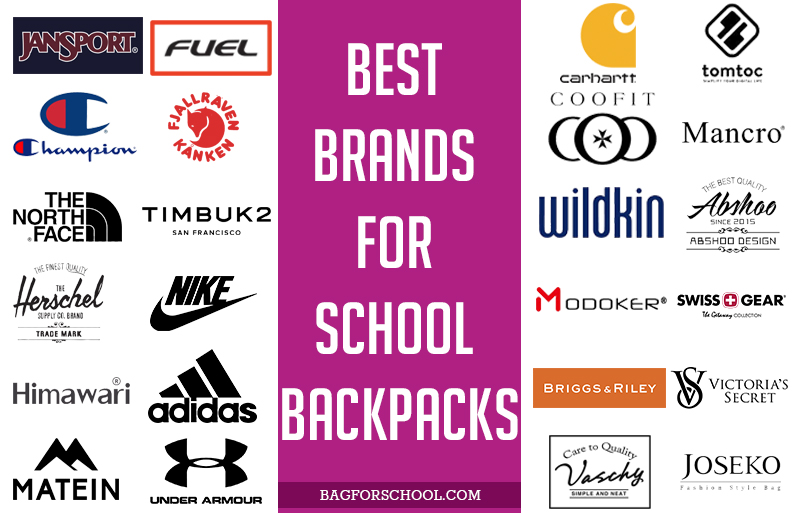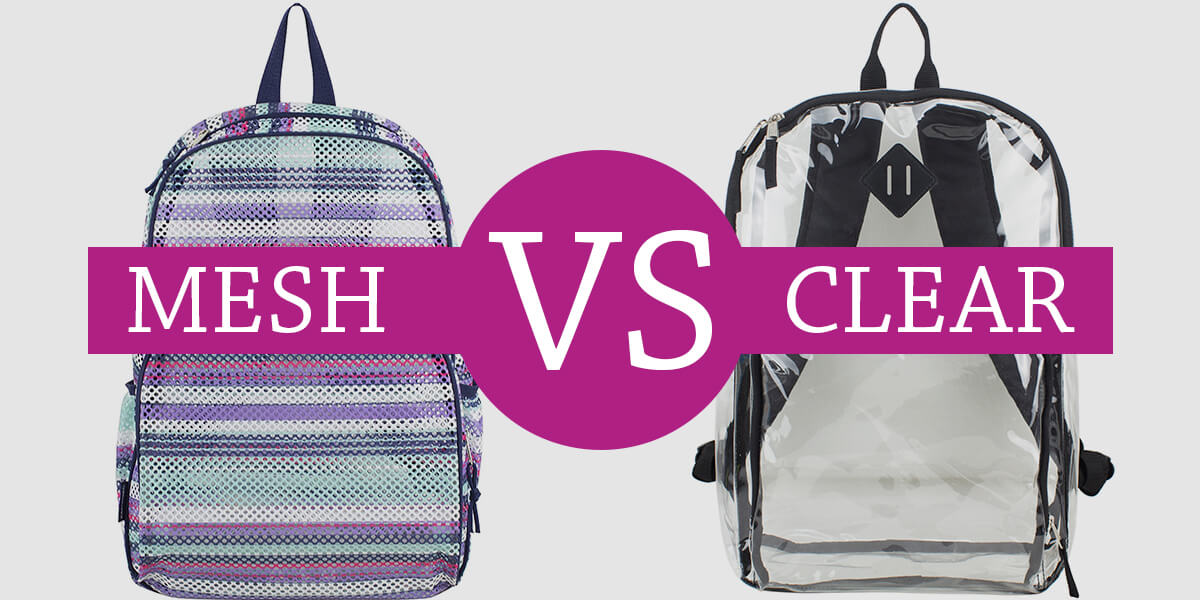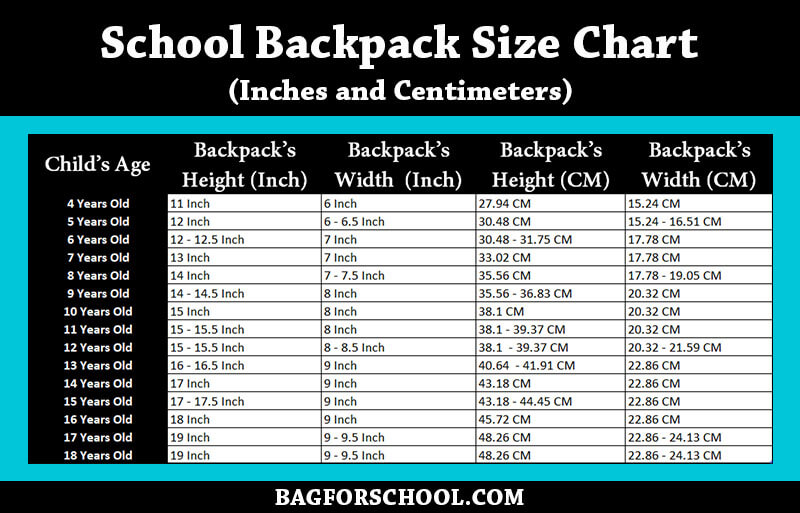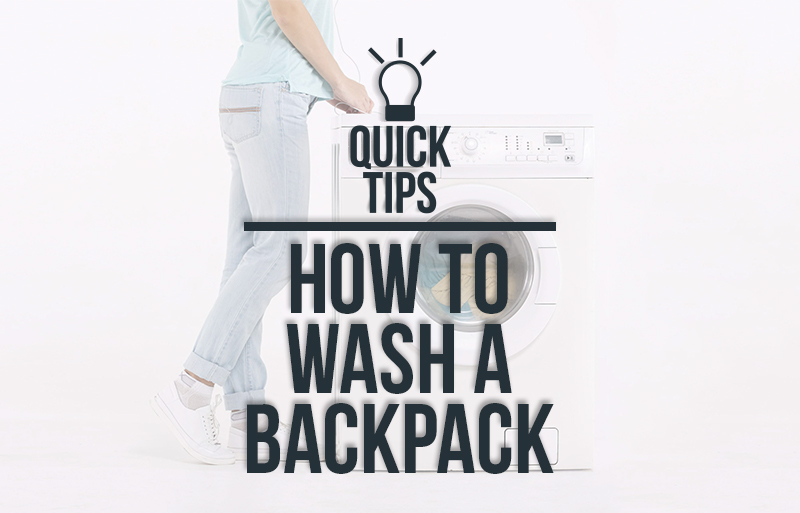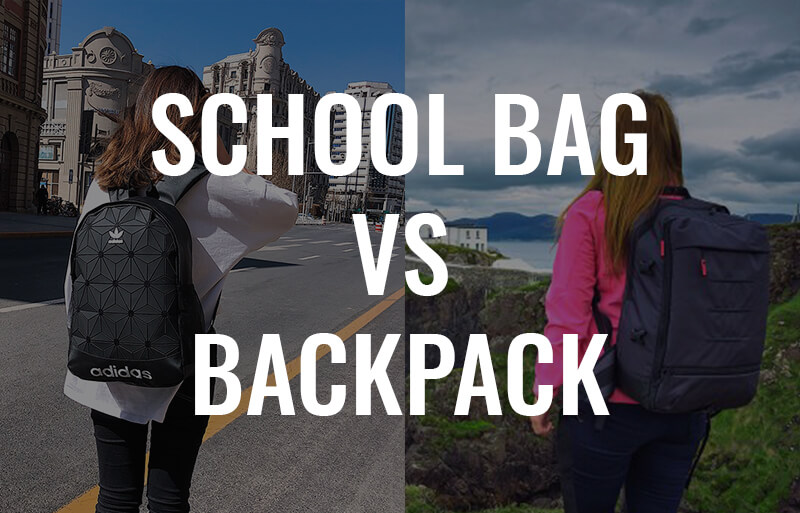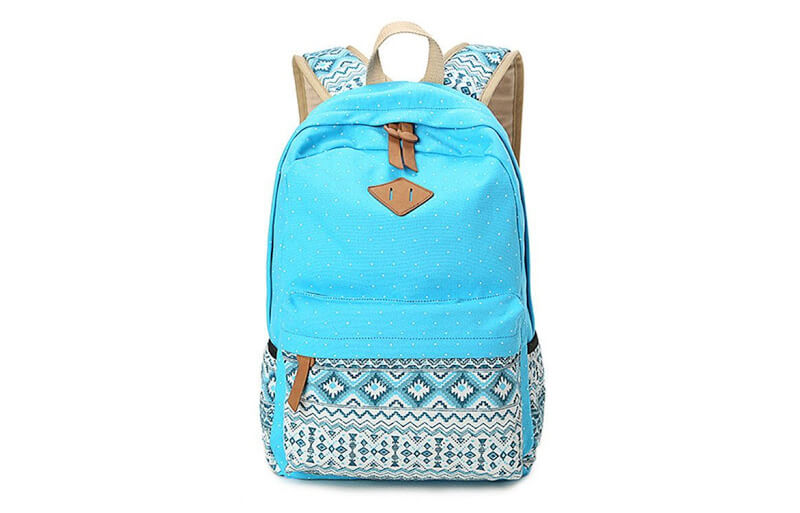While purchasing a backpack for yourself or your child at school, it’s important to know how intense and for what purposes the backpack is going to be used. Would that be worthwhile to pay for a Leather backpack if you don’t have a real need for it? No, right? So, it’s better to have knowledge about different backpack materials before buying a bag so that your money doesn’t go waste, and you can have the best usage out of your backpack.
Nowadays, there are different types of materials and fabric used for manufacturing different types of backpacks. All of them have significant advantages and disadvantages, specialty, price range, applications, and many more. Therefore, if you want to choose the right backpack, then you have to choose the right material. So, let’s have a clear understanding of the purpose of different backpack material to find out the best pick for you!
To name few common materials that can be used to make school bags are: Nylon, Leather, Polyester, Polypropylene and PVC.
Overview
Types of Materials Used for Making School Bags & Backpacks
01. Genuine Leather Backpacks
You might already know that Leather Backpacks ager made form processed or dried animal skins. Mostly these skins are got from different animals, including goat, buffalo, cow, and pig. Among girls, Leather Backpacks for school are more famous because of its uniqueness and trendy looks. To keep your Leather Backpacks in good shape, you need to follow some specific washing methods, and that way, those chic bags will last for a long period. So, what are the pros and cons of having a Leather Backpack for school?
Pros
- These are highly durable and may last up to five years of rough daily usage
- Your kids will get a fashionable, stylish, and trendy look while carrying it to school
- It’s flexible, gets softer with use, and has less chance of tearing or wearing off
Cons
- Genuine Leather Backpacks are expensive, like crazy. It can even cost up to $600
- Leather Bags have limited designs and color patterns to choose from. So, toddlers and primary school children might not like their colors. They are mostly for high schoolers, teens, and college students
- These are easily affected by temperature change
02. Vegan Leather Backpacks
Faux leather, synthetic leather or vegan leather is animal-friendly artificial leather that includes two main types of construction: PU Leather and PVC Leather. Among these, PU Leather is more commonly used for manufacturing backpacks because these are softer, more breathable, and flexible. Fun fact is a faux leather backpack that offers a couple of advantages over real leather. What are those? Let’s have a look!
Pros
- Faux leather backpacks are more economical than real ones
- They are stain-resistant, UV fade resistant, and require less maintenance
- Will give you a fashionable look like a genuine one
Cons
- It’s not stretchable and breathable like leather
- Faux leather backpacks don’t develop the same patina and luster like real ones over time
03. Nylon Backpacks
Nylon actually is an artificial polymer, typically known as thermoplastic, and comes from petroleum. It is a favorite woven material for many backpack designers. It is a better fabric than cotton if you want to go for a waterproof backpack. Nylon backpacks come in different synthetic variations, such as Nylon Pack-cloth, Ballistic Nylon, and Rip-stop Nylon. Being made of water-resistant material, nylon backpacks are durable and carry a stylish and sleek feel to it.
Pros
- Nylon backpacks have excellent flexibility and can be stretched with creases or wrinkles
- Impermeable to water and dry off quickly
- Price of Nylon Backpacks are quite cheap
Cons
- Retains heat, so not suitable for summer condition
04. Polyester Backpacks
Polyester, scientifically known as polyethylene terephthalate (PET), is one kind of synthetic material that’s one of the most commonly used materials for backpack manufacturing. Polyester backpacks are fadeless, long lasting, and more wrinkle-resistant than cotton backpacks. To withstand lots of wearing, rough daily usage, and washing, a polyester backpack is the best option. The polyester backpack is called as “everyday waterproof backpack” because it’ll protect your belongings from most everyday situations, such as rain or snow.
Pros
- The polyester backpack is more stain-resistant and less absorbent than cotton
- They are affordable and comfortable to touch
- Hold colors well, therefore are very vibrant in colors
- Retains its original shape, even after machine wash
Cons
- Less breathable and highly flammable
- Susceptible to oil-based stains
05. Denim Backpacks
Denim backpacks are made from the same material as denim jackets or jeans; therefore, they are highly wearable. The price is also reasonable. You can find both a cheap one and an expensive one depending on its design. So what are the advantages and disadvantages of Denim Backpacks?
Pros
- Denim backpacks are lightweight and durable
- Suit greatly with casual outfits and everyday usage
Cons
- Not as appropriate for travel or work, as they are not water-resistant
- Color options are limited since most come in a washed blue color, similar to jeans. Therefore, in the case of a lighter color, it gets dirty easily
06. Cotton Backpacks
If your child has sensitive skin or you are looking for a school backpack for your toddler, then Cotton Backpacks would always be the best option for you. Because Cotton Backpacks are made of natural fiber. Therefore, it has no negative effects on human skin, and it’ll always ensure good health-friendly performance. You’ll also get one within a reasonable price range. The advantages and disadvantages of Cotton Backpacks are as following:
Pros
- Cotton Backpack accumulate airflow, so it keeps your body cooler than other bags
- It’s easily washable, heat-resistance, and lightweight
Cons
- Higher price than Polyester Backpacks
- Dust sticks to it easily, and after a long period of use, it becomes prone to tearing off
07. Canvas Backpacks
In modern days, Canvas Backpacks are used as fashion accessories worldwide. It is usually made of cotton or synthetic materials like Nylon, Polyester, or linen, combined with PVC. The printing impression on canvas bags gives an exact digital outlook that makes it a fashion icon. It has some advantages over other similar fabrics, such as pure cotton and denim; let’s have a look at what are those:
Pros
- Being a plain-woven fabric, it provides the ultimate strength and sturdiness
- Canvas Backpacks give the best output in case of printing design, so it brings a myriad of fashion versatility
- It requires less maintenance and outruns others in longevity
- The waxed canvas backpack has a waterproof coating on it
Cons
- The manufacturing process of canvas backpacks from cotton fabrics requires high chemical consumption; therefore, it’s not fully Eco-friendly
- A little bit costly and heavier than cotton backpacks
08. Twill Weave Backpacks
After a long-term continuous weaving procedure with more than three warpings of weft fabrics, the twill weave material is formed. The Twill Weave backpacks ensure a high amount of air permeability. Because of having high thread count, the Twill Weave backpacks are opaque, durable, and thick. These backpacks rarely come in printed design, though with multiple colored yarns, you can find colorful designs like houndstooth and tweed.
Pros
- Highly durable to withstand lots of wear
- the direction of the pattern shows few stains, few wrinkles, creases and hide dirt from view
Cons
- Twill weave backpacks take more time and labor in the manufacturing process that reflects in the costs of these backpacks
- Laborious with washing
09. Oxford Backpacks
Oxford is not a fabric; it’s a synthetic material of polyamide, which is made from Nylon woven fibers, and recently, it’s being made from Polyester as well. Oxford has many positive properties to ensure the great quality of the backpack. At the same time, Oxford backpacks are cheap as well. For ordinary daily use, Oxford backpack’s durability is quite enough. Let’s have a look at the main positive qualities and negative aspects of Oxford Backpacks:
Pros
- Excellent value and high reliability for the money
- Resistant to contamination and easy to wash
- Aesthetic appearance
- Water-resistant and lightweight due to having special impregnation with polyurethane
Cons
- Doesn’t have enough durability and wear resistance in case of excessive loads
10. Cordura Backpacks
Cordura is made from mostly Nylon (90%) with the addition of cotton (10%). The process method of Cordura follows a special technology during weaving of nylon fibers that creates its exceptional properties and durability (4-5 times stronger than Oxford). Cordura backpacks are way more reliable and durable than Oxford but are much more expensive. Because of its high durability, Cordura backpacks are perfect for heavy load carriage, adventures, or intensive use (such as for hiking backpacks, courier backpacks, special backpacks for tools, etc.)
Pros
- Highly resistant to physical wear and tear
- Water-resistant and moisture-resistant
- Exceptional durability
Cons
- Cordura backpacks are very expensive
- Heavy-weight
11. Mesh Backpacks
In hot weather, the best companion your child can have for school is a Mesh backpack. Why? Because of the air circulation, ventilation, and heat-resistance capacity mesh backpacks have, it’s hard to beat. Mesh backpacks come in various colors and designs, making you look cool and exceptional while carrying them on back. So, let’s have an overview of Mesh Backpack’s advantages and disadvantages:
Pros
- Besides school usage, it is perfect for a beach holiday, and carrying swimming and gym clothes
- Most of Mesh backpacks are not fully see-through, so you won’t have to worry about your privacy
- Easily to wash and dry
- Cheap in price
Cons
- Not much durable, so might tear after a long period of usage
- In rainy weather, these are not wise to use
12. Sequin Backpacks
When it comes to the preference of looking trendy, gorgeous, and sparkly, the first thing that comes to mind is Sequin Backpack. Sequin is a cotton or tulle base traditional fabric covered in disc-shaped, shiny beads stitched together to provide movement and sparkle. Whether it’s party, shopping, Christmas, or Halloween, having a Sequin Backpack is a must for any girl.
Pros
- Wide range of designs at a reasonable price
- Look gorgeous and stylish
- Play and have fun with Reversible Sequin Backpack
Cons
- Sequins backpack doesn’t suit well in a formal occasion
13. PVC Backpacks
Another widely used material for backpack production is PVC, and these backpacks are commonly known as Clear Backpack or Transparent Backpack. For the security purpose in school and passing the security checkpoints in stadium, concert, or any public gathering like a breeze, there’s nothing comparable with PVC backpacks. The price range of these transparent backpacks is quite cheap as well. So what are the advantages and disadvantages of having a PVC backpack?
Pros
- The best things about PVC backpack is, it’s 100% water-resistant
- You can see through the bag, so you can find small accessories easily
- Easy to wash and cheap price
Cons
- The only disadvantage it has is, people can see through your personal belongings. But if you are okay with it, then you shouldn’t hesitate to buy one
14. Plush Backpacks
Want to give your toddler the warmness of a friendly-hug while preparing for his first school day? The best pick would be a Plush Backpack for your kid’s preschool, daycare, or kindergarten. To describe the softness feel given by plush material, the name “Plush” has been given. The plush backpack is soft and looks luxurious. It’s a textile with a cut nap or pile, exactly the same as fustian or velvet.
Pros
- Its softness makes it suitable for toddlers and kids
- The kid feels like his doll his with him and plays with it if he has a Plush backpack
- Perfect bag for Disneyland tour
Cons
- As most Plush Backpacks come in doll-shaped designs, it doesn’t have much space for large books or essentials
15. EVA Backpacks
EVA (Ethylene Vinyl Acetate) is a copolymer of vinyl acetate and ethylene. EVA backpacks are made from an effective method of mixing rubber and synthetics. Nowadays, backpack manufacturers are using this material to construct bags or some parts of the bags. EVA is a great material to use for backpack-padding as it has higher density and durability. Moreover, it springs back-to-shape against pressure. Let’s see the special properties and drawbacks of EVA material in backpacks:
Pros
- The manufacturing process if Eva Backpack is eco-friendly and less time consuming
- Comes in various design and gives protection to Laptop backpacks
- Highly durable and anti-shock
- In the case of backpack-padding, EVA is the golden standard
Cons
- Being highly compressible, EVA is not much effective for whole backpack construction. But now you know which material to look for while checking the backpack padding
16. Straw Backpacks
If you want to have a unique antique look, then Straw backpack would be a great choice. Straw is one of the oldest materials in backpack manufacturing history and is widely used today for beach bags, school bags, hiking bags, totes, or cross-body bags. So what are the benefits and drawbacks of the Straw backpack? Let’s see!
Pros
- Straw bags are woven, giving it a timeless look
- They are easy to clean
- Perfect for another outdoor usage besides school
Cons
- In the case of handwoven straw bags, those are quite costly
17. Vinyl Backpacks
Many backpack manufacturers are turning to a greener existence with reusable material. Vinyl helps in achieving that because these backpacks can be recycled when it becomes unusable. The price of Vinyl Backpacks is also quite cheap. Let’s see the advantages and disadvantages of Vinyl Backpacks:
Pros
- Ensures durability and flexibility
- Is environmentally safe and water-resistant
- Looks stylish and has a wide range of color scheme and diverse design
Cons
- Sensitive to high temperature
18. Neoprene Backpacks
Many backpack manufacturers are turning to a greener existence with reusable material. Vinyl helps in achieving that because these backpacks can be recycled when it becomes unusable. The price of Vinyl Backpacks is also quite cheap. Let’s see the advantages and disadvantages of Vinyl Backpacks:
Pros
- Ensures durability and flexibility
- Is environmentally safe and water-resistant
- Looks stylish and has a wide range of color scheme and diverse design
Cons
- Sensitive to high temperature
19. Rip-stop Nylon Backpacks
Rip-stop Nylon is a lightweight nylon fabric with a signature “grid” pattern that is much more durable than nylon pack-cloth. Rip-stop Nylon is widely known for its resistance to ripping or tearing. The “rip-stopping” design provides extra protection, ensuring that your backpack won’t disintegrate even after the use of decades of the adventurous hike. The main advantages of rip-stop Nylon are its lightness in weight and excellent waterproofing. Let’s see other advantages with its disadvantages.
Pros
- Rip-stop Nylon backpack is fireproof
- Can be used as an inexpensive alternative to Silk
- A rip-stop nylon backpack is also affordable
Cons
- Retains heat, so not suitable for hot weather
20. Polypropylene Backpacks
Polypropylene backpacks are typically referred to as “woven” polypropylene (PP) backpacks. This environment-friendly backpack material is 100% reusable and highly durable. Polypropylene is also considered as an economical material because it’s easy to produce and assembly. The Polypropylene backpacks are made with a laminated film in such a way that these backpacks become highly breathable and fully waterproof.
Pros
- Anti-bacterial Easy to clean
- Lightweight with excellent resistance to stress and high-resistant to cracking
- Non-Toxic
Cons
- Flammable and quality degraded by Ultraviolet
21. Ballistic Nylon Backpacks
Ballistic Nylon is a durable and thick synthetic fabric that is made from smooth “nylon filament” yards. It’s easy to clean, that’s why often used as functional travel bags and luggage. Ballistic Nylon is more rugged and rougher than Cordura and carries a professional look with it. Ballistic Nylon backpack is suitable for robust usage and can even stand up to the inevitable scrapes and while going for overnight camping excursions, tramping through the woods, or extended survival missions.
Pros
- Ballistic nylon backpacks and luggage are extremely durable
- Last for a long time and carry all essentials protected and safely no matter how rugged the road conditions might be
- Serves best as Laptop Backpack
Cons
- Ballistic nylon fibers are harder to dye, therefore generally it comes in black color only
22. Pack-Cloth Nylon Backpacks
A smooth and shiny nylon material providing you a slick feel while touching with hands is none other than Pack-Cloth Nylon. This material is widely used in backpacks, designer backpacks, and daypacks. The price is also quite reasonable. Let’s see the advantages and disadvantages of Pack-cloth Nylon backpacks:
Pros
- Pack-Cloth Nylon backpacks are shiny and slick to touch
- It features ready acceptance of waterproof coating
- Has abrasion-resistance and excellent puncture-resistance.
Cons
- These backpacks are heat absorbent and not much breathable
It is evident that there are some such materials that are quite difficult to differentiate and decide. For example, Oxford Vs. Cordura and Polyester Vs. Nylon. These materials are manufactured from similar raw materials. Moreover, these materials are quite similar visually and have some similar properties, making people often confused. Therefore, learn about the Pros and Cons of each backpack material from this article. The purpose of this article is to make you feel that it’s not difficult to understand what Oxford is and what Cordura is, and so on. So, no more confusion!

